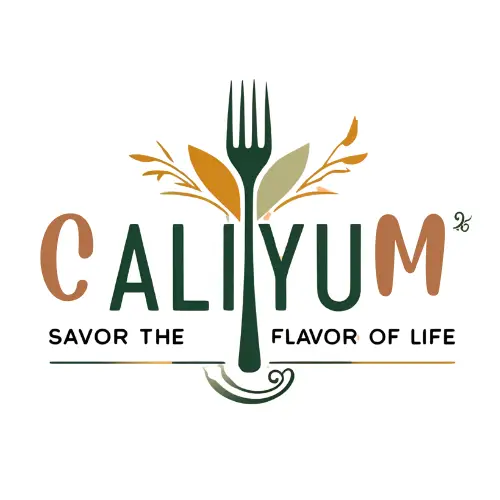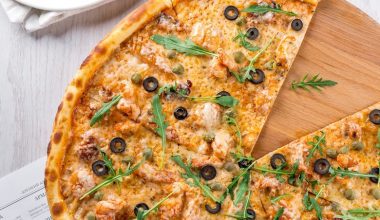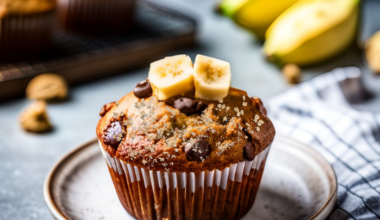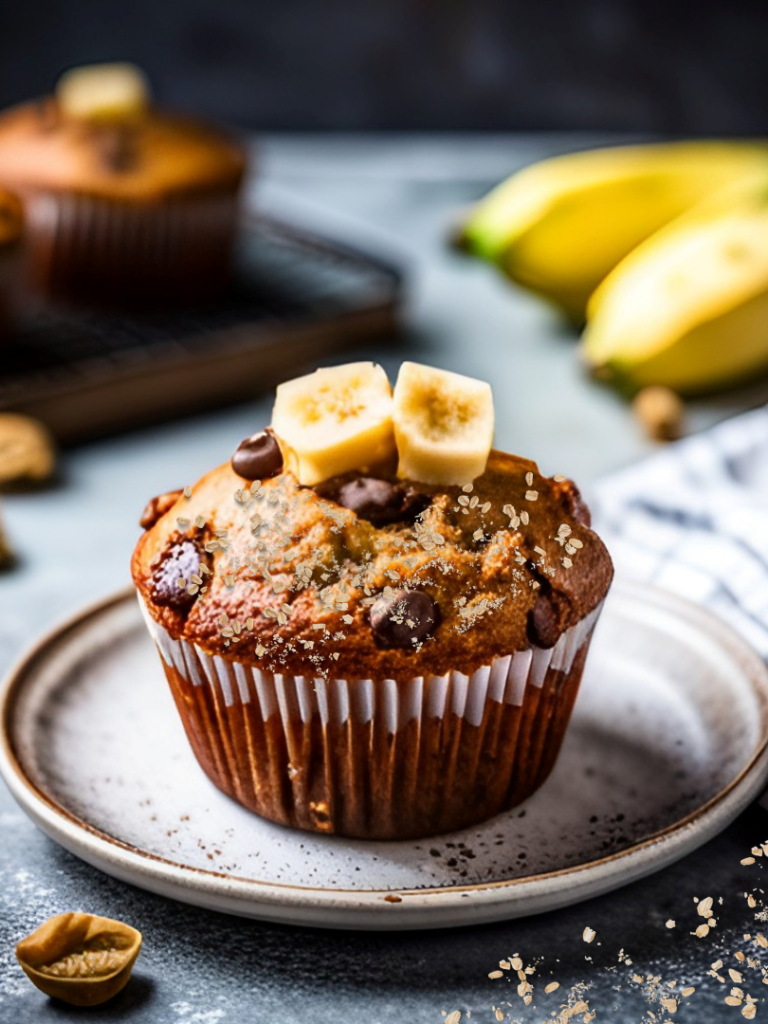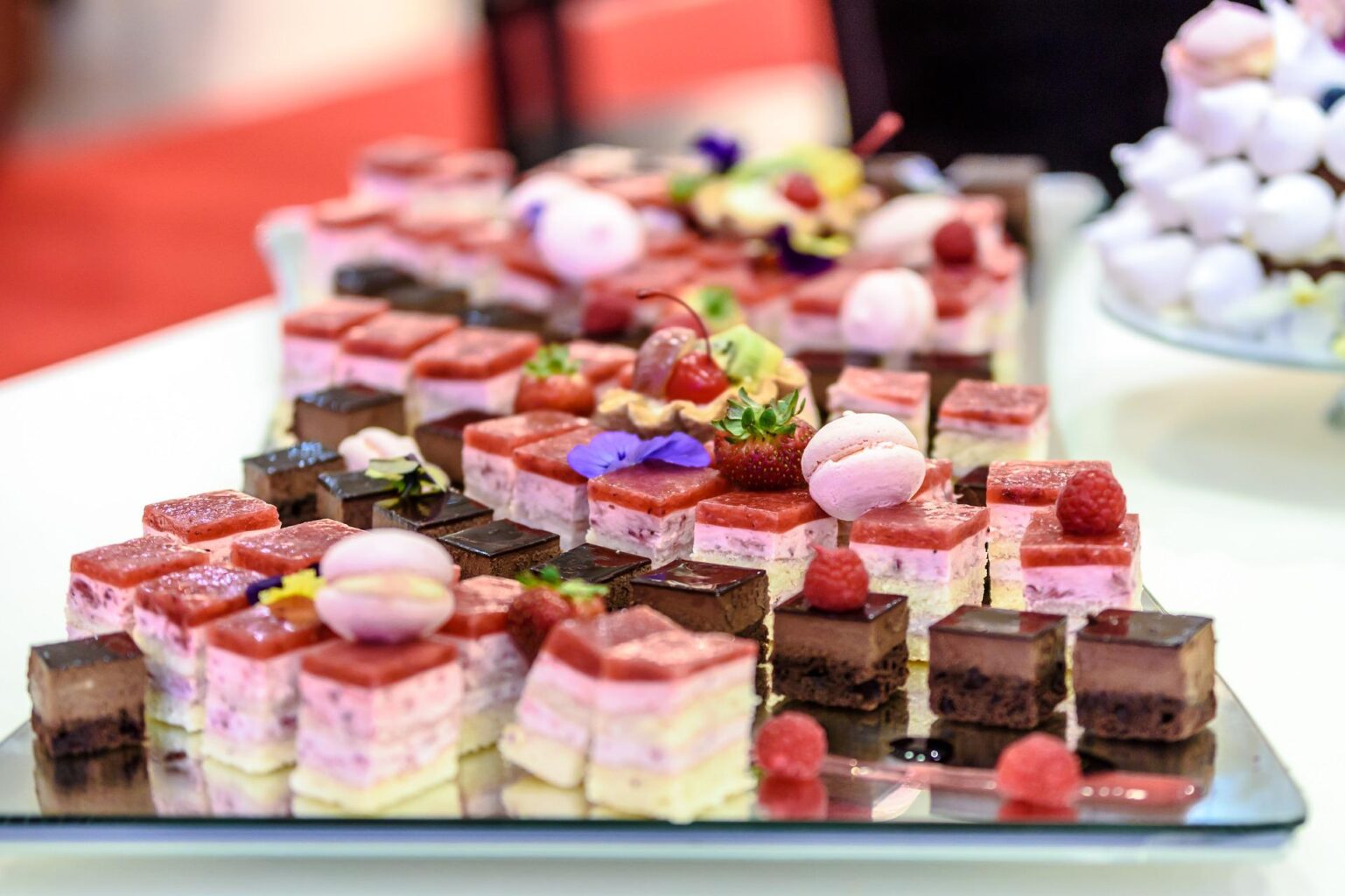Rich in moisture, bursting with flavor, and packed with wholesome goodness.
Indulge in the delightful world of wholesome goodness with our Banana Oatmeal Muffins! These little treats are not only bursting with flavor but also effortlessly simple to whip up. Sink your teeth into their moist, fluffy texture that guarantees satisfaction with every bite. Whether you’re craving a hearty breakfast or a quick pick-me-up snack, these gluten free muffins have you covered.
Crafted with the perfect blend of banana and oat, our recipe promises a delicious start to your day without the need for any fancy equipment. Just a few bowls and basic ingredients are all it takes to have these delectable muffins ready to enjoy in a jiffy.

Why stop at just one flavor adventure? Explore a world of muffin magic with our other irresistible recipes like Morning Glory Muffins, Raspberry Muffins, or classic Blueberry Muffins. Elevate your baking game and tantalize your taste buds with each delightful creation.
But let’s talk ingredients—here’s what you’ll need for muffin perfection:
Leavening agents- like baking powder and baking soda work their magic to ensure a perfectly risen batch of muffins. Freshness is key, so be sure yours haven’t expired and they are gluten free.
Milk-opt for milk over water to infuse your muffins with extra flavor and a velvety texture that’s simply irresistible.
Butter or Vegetable oil- unlock the secret to soft, moist muffins with vegetable oil or canola oil—it’s the key to achieving bakery-worthy results every time.
Banana- steal the show here, so make sure yours are ripe for maximum flavor and ease of mashing. Overripe bananas? Even better!
Gluten Free Rolled oats– not only add a hearty texture but also absorb those delicious liquid ingredients like a charm. Plus, they’re perfect for that iconic banana oatmeal.
Mini Chocolate Chips–You can use regular sized chocolate chips or even a chopped-up chocolate bar. Any type of chocolate will work so whether you prefer milk or dark, use what you love as long as they are gluten free.
Gluten Free Flour-As far as gluten free flours go, this is the one I’ve had the most success with. You can try to substitute another brand’s gluten free baking/all-purpose flour, but it may affect the texture.
What you will need to make these muffins

How to make these Muffins
Step 1- In a large bowl, whisk together the gluten free flour, gluten free oats, sugar, baking powder, baking soda, cinnamon, cardamom, nutmeg and salt.
Step 2- In a medium bowl, whisk the milk, oil or butter, eggs and vanilla until combined. In a small bowl, using either a fork or potato masher, mash the bananas and then add them to the bowl.

Step 3- Stir in the mini chocolate chips.
Step 4- Pour the banana, egg and milk mixture into the oat and flour mixture.

Step 5- Gently stir the muffin batter until well incorporated.
Step 6- equally divide the batter among the paper liners using a scoop and bake for 25 minutes or until golden brown and the centers dry. Allow the muffins to cool in the pan for a few minutes, then transfer them to a wire rack to continue cooling.

Pro tips to ensure these Muffins Mastery
- Avoid overmixing the batter to steer clear of dense muffins or unwanted holes in the crumb.
- Precision is key when measuring flour and oats—use a scale for accuracy to avoid any baking misshapes.
- Keep your muffins uniform in size by using an ice cream scoop for easy portioning.
- No paper liners? No problem! Just grease your muffin tin generously to prevent any sticking.
Frequently Asked Questions
How can I store these muffins?
Storing your muffins is a breeze, simply keep them in an airtight container at room temperature for up to 5 days or pop them in the microwave for a warm treat.
Freeze your muffins for later enjoyment by storing them in a freezer-safe bag for up to 3 months. When hunger strikes, thaw at room temperature or give them a quick zap in the microwave.
Are there any variations?
Looking to switch things up? Get creative with blueberries, dried fruit, nuts, or a sprinkle of cinnamon sugar for endless flavor possibilities.
Why isn’t oatmeal always gluten free?
Pure oats are gluten-free and safe for most people with gluten intolerance, including those with celiac disease or a wheat allergy. The issue comes from how the oats are grown and processed. Studies have shown that there is a high risk of cross-contamination starting from sowing the seeds all through packaging.
Farms will often grow different grains alongside each other and harvest them using the same equipment. Many facilities process oats alongside other grains as well, such as wheat, rye, and barley. This causes cross-contamination that may trigger a person’s gluten intolerance.
How can I customize banana muffins?
When it comes to muffins, the easiest way to make them your own is with toppings. These can be applied before or after baking. This recipe is topped off with brown sugar and chocolate chips but there are plenty of other options to swap in.
Fruits, such as blueberries, bananas or strawberry slices can be arranged on top of your batter before baking. You could also experiment with other varieties of flavored sugar, of which the options are practically limitless. After baking, top it off with a drizzle, such as chocolate, caramel, or peanut butter, and you’re golden.
What’s the difference between a muffin and a cupcake?
It’s the age-old question, are muffins just ugly cupcakes? The correct answer is a definitive no. To start with, muffins are eaten for breakfast, but cupcakes are exclusively eaten for dessert. This is because cupcakes are usually baked with more sugar and topped with frosting and thus are a lot sweeter than muffins. Muffins can even be savory, incorporating cheese, bacon, vegetables, and fruits.
Another important distinction is the texture and mixing process. When making muffins, the dry ingredients are mixed together and then added to the wet ingredients. Cupcakes, however, involve adding the ingredients one at a time and whisking them thoroughly. This causes cupcakes to have a lighter and fluffier texture than muffins.
What to serve with banana muffins?
These banana muffins are a great snack on the go or a quick breakfast. While they’re perfectly filling on their own, you can jazz them up. Try adding a spread of butter, a drizzle of chocolate or caramel sauce, peanut butter, or your favorite jam to suit your tastes.
Ready to start baking? Come back and let me know your thoughts.
Best Homemade Gluten Free Banana Oatmeal Muffins
Description
Crafted with the perfect blend of banana and gluten free oat, our recipe promises a delicious start to your day without the need for any fancy equipment.
Instructions
- Begin by preheating the oven to 375°F.
- Place muffin liners in the muffin tin. If you’re out of liners, you can just grease the tin with extra butter.
- In a bowl mix all the dry ingredients and mix well, then set aside.
- In a separate bowl beat the eggs, then add the mashed bananas, milk, melted butter, and vanilla extract, then mix well.
- Slowly add the dry ingredients to the wet mix while stirring. You don’t have to mix it for a long time, just until it comes together.
- Scoop the mixture into the muffin liners, sprinkle with the remaining brown sugar and chocolate chips.
- Bake for 20-25 minutes or until the center comes out dry.
Keywords:Homemade gluten free muffins, gluten free oatmeal banana muffins, best oatmeal banana muffin, banana muffins, gluten free oatmeal muffin, chocolate chip oatmeal banana muffins
Servings 12
Serving Size 1
- Amount Per Serving
- % Daily Value *
- Total Fat 10g16%
- Saturated Fat 3g15%
- Trans Fat 1g
- Cholesterol 32mg11%
- Sodium 210mg9%
- Potassium 150mg5%
- Total Carbohydrate 38g13%
- Dietary Fiber 2g8%
- Sugars 20g
- Protein 6g12%
- Vitamin A 90 IU
- Vitamin C 2 mg
- Calcium 72 mg
- Iron 2 mg
* Percent Daily Values are based on a 2,000 calorie diet. Your daily value may be higher or lower depending on your calorie needs.


